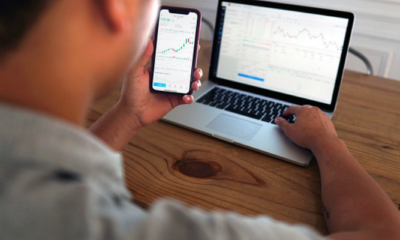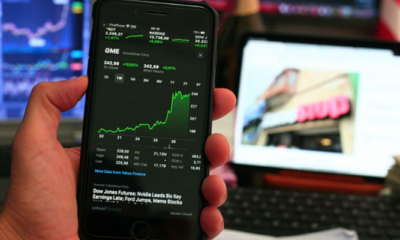Trading News
How to Choose the Right Day Trading Strategy For You

Day trading is the practice of buying and selling shares on the same day. The investor buys a stock or security and then tries to sell it before the market opens the next day. This means that all open positions are closed before market opening. Because all positions will be closed at precisely the same time on the same day, this allows for extremely fast changes in share prices. The pace of change can be exceptionally fast, with some investors making thousands of dollars per trade. It also has some of the highest levels of possible risk.
To be a successful day trader, you need to have a clear strategy. If you are unsure what this strategy is, then you should not be trading shares. You should be able to explain clearly to your friends what you are doing so that they can trade with you. Most importantly, the strategy you employ should focus on understanding price movements. A good strategy will explain why certain shares are higher or lower than others.
Traders who use margin accounts use their trading capital to gamble with large sums of money. These trades are referred to as ‘margin calls’ and, depending on the type of margin account, can be highly risky. Margin traders use leverage; this means that their total investment may be higher than the value of their actual shares. Because their investments are higher, their losses are higher. However, many successful margin traders do manage to keep their losses to a minimum, using stop-loss orders and covering their positions at the right times.
A good strategy should also take into consideration the history of a stock’s price movement. If a stock has had success over the past few years, then the strategies used to gain profits could be effective. However, if recent trends show a downward trend, it is best to stay out of those stocks. Volatility can help to determine which trades are more profitable or not. Trading with high volatility can result in small losses over time, but it can also mean big profits in short bursts.
The most profitable strategy is often determined by the trader’s risk appetite. If the trader is willing to accept larger losses to achieve higher profits, then they may not be suited to the fast-paced, high relative volume of the day market. On the other hand, if they are risk-averse, they may prefer to limit their losses by placing a stop-loss order. Many traders choose to follow a combination of these strategies, aiming to balance the amount of trading risk and reward.
Successful day traders will have a solid trading strategy that uses technical and fundamental analysis, as well as common sense. Using technical analysis includes looking for a high price target, holding a stock until it reaches that target, and then selling before the price target is hit. Utilizing fundamental analysis requires traders to establish the state of the underlying company’s financial health, the level of market sentiment, and the likelihood of trading opportunities.

























